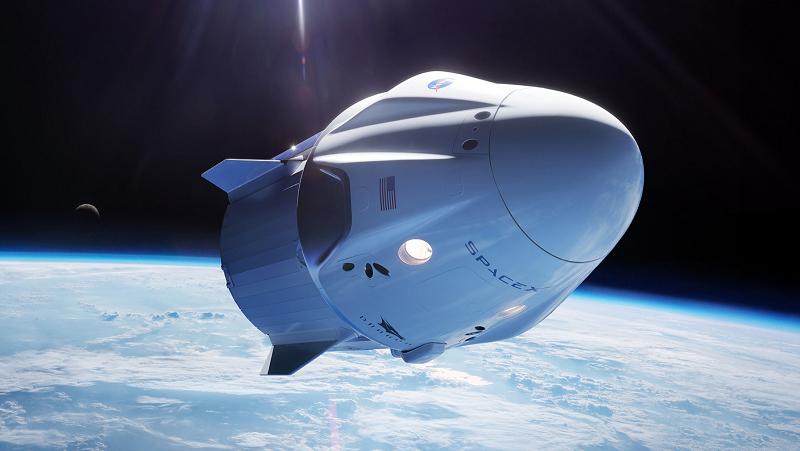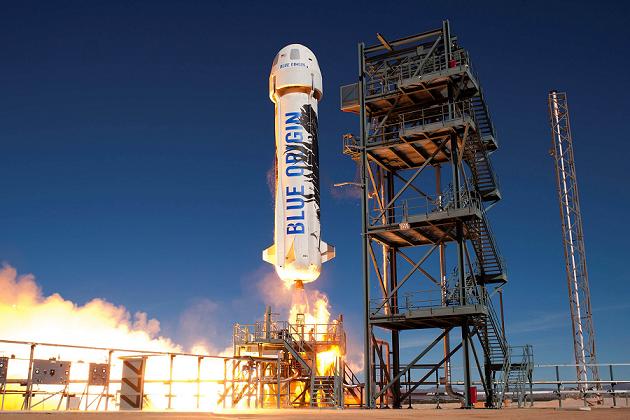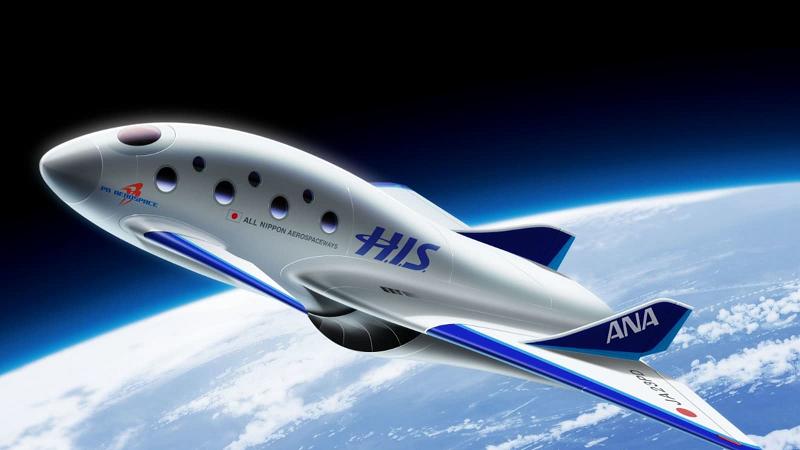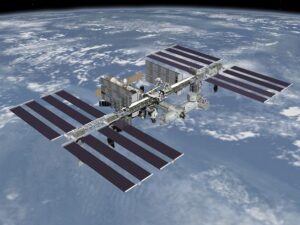Go into Space
Space tourism is human space travel for recreational purposes
There are several different types of space tourism, including orbital, suborbital and lunar space tourism. To date, orbital space tourism has been performed only by the Russian Space Agency. During the period from 2001 to 2009, 7 space tourists made 8 space flights aboard a Russian Soyuz spacecraft brokered by Space Adventures to the International Space Station. The publicized price was in the range of US$20–25 million per trip. Some space tourists have signed contracts with third parties to conduct certain research activities while in orbit. By 2007, space tourism was thought to be one of the earliest markets that would emerge for commercial spaceflight. In conjunction with the Roscosmos and RSC Energia, Space Adventures facilitated the flights for all of the world's first private space explorers. The first three participants paid in excess of $20 million (USD) each for their 10-day visit to the ISS.
Russia halted orbital space tourism in 2010 due to the increase in the International Space Station crew size, using the seats for expedition crews that would previously have been sold to paying spaceflight participants. Orbital tourist flights were set to resume in 2015 but the one planned was postponed indefinitely and none have occurred since 2009.

Work also continues towards developing suborbital space tourism vehicles. This is being done by aerospace companies like Blue Origin and SpaceX.
On June 7, 2019, NASA announced that starting in 2020, the organization aims to start allowing private astronauts to go on the International Space Station, with the use of SpaceX's Crew Dragon spacecraft and Boeing Starliner spacecraft for public astronauts. In addition, SpaceX (an aerospace manufacturer) announced in 2018 that they are planning on sending space tourists, including Yusaku Maezawa, on a free-return trajectory around the Moon on the Starship.
In addition, SpaceX (an aerospace manufacturer) announced that they are planning on sending space tourists, including Yusaku Maezawa, on a free-return trajectory around the Moon on the Starship.

Roscosmos plans to send two paying tourists to the International Space Station in 2023 on a short flight of the country’s Soyuz spacecraft. While they’re up there, one of the tourists will perform a spacewalk with an experienced Russian cosmonaut — a first for any private citizen visiting the ISS.companies also will play an essential role in establishing a sustainable presence.

More on:
